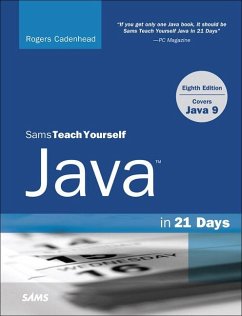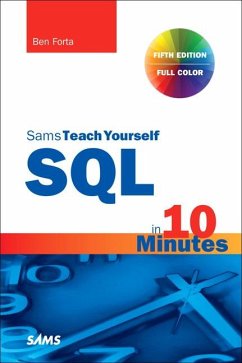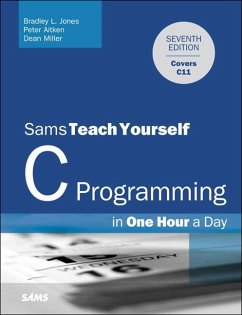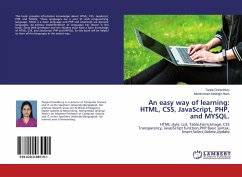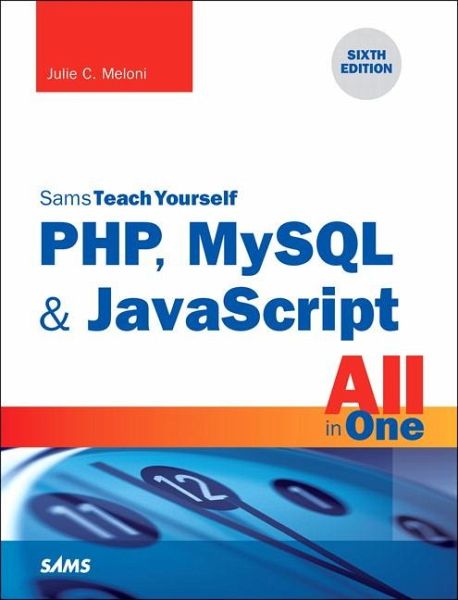
Php, MySQL & JavaScript All in One, Sams Teach Yourself
In just a short time, students can learn how to use PHP, MySQL, and Apache together to create dynamic, interactive websites and applications using the three leading open-source web development technologies. Using a straightforward, step-by-step approach, each lesson in this book builds on the previous ones, enabling readers to learn the essentials of PHP scripting, MySQL databases, and the Apache web server from the ground up.





